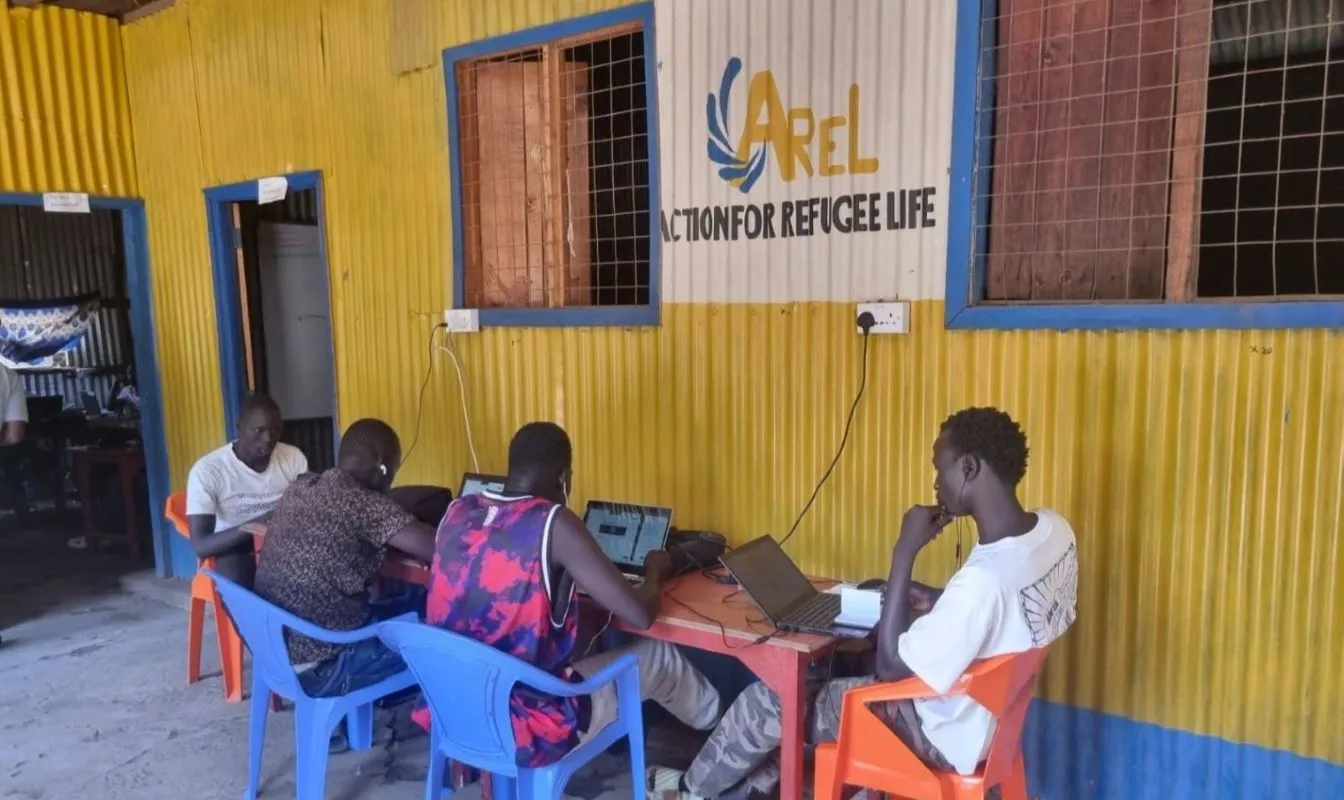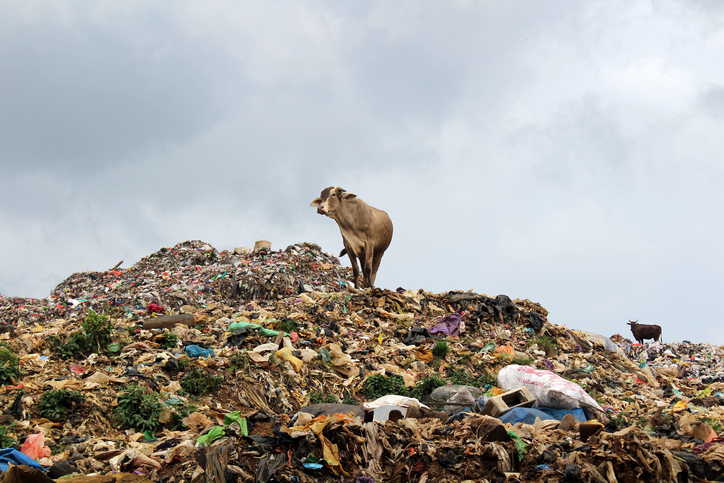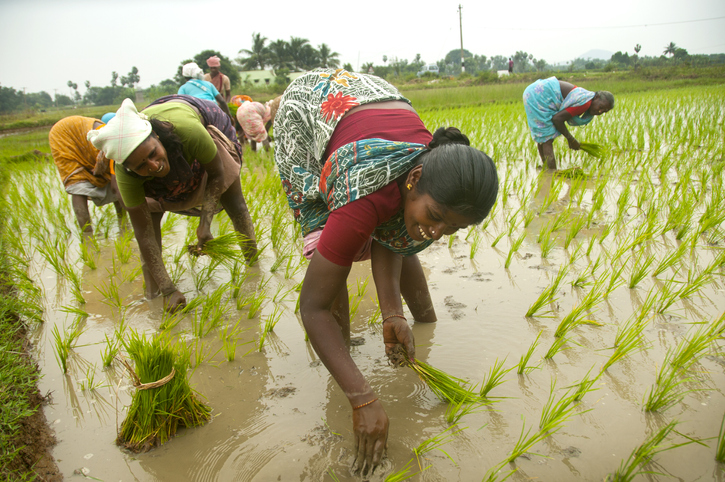Growth in many Latin American economies has been poor in recent years. This column pulls together some of the research evidence on the disruptions that help to explain this decline, and outlines five priorities for policy-makers in the coming years.
The economies of Latin America have had an average annual GDP growth rate of 3% over the past 15 years. This is far slower than growth in other developing regions: 6.9% in South Asia and 5.1% in sub-Saharan Africa. During this period, nearly 80% of Latin America’s GDP growth has come from population growth rather than productivity: 78% and 22%, respectively.
Between 2000 and 2015, productivity across the region grew at only 0.6%, one of the weakest performances of anywhere in the world. It is clear that without higher productivity, growth is set to come under threat from three disruptive forces.
The first disruption is falling fertility. United Nations estimates show that the fertility rate in Latin America has fallen over the past 15 years: from nearly 2.7 births per woman on average to 2.1 births. This in turn has undermined growth and labor supply.
For the coming decades (the 2020s and 2030s), the growth rate of employment is expected to fall by more than a half to only 1.1% a year—one of the lowest rates in the developing world. With unchanged productivity growth, this implies that GDP growth in Latin America would be 40% weaker over the next 15 years.
The second disruption is the end of the ‘commodity super-cycle’ in 2011, which had fueled GDP growth, particularly in the Andes region (4.5% annual growth rate). It is evident that Latin America will continue to benefit from its abundant resources, but the current context requires a shift towards using those resources more efficiently in other sectors. Current sluggish growth rates and the constraints of institutions will hinder such structural change.
The third disruption is the risk of rising protectionism. This could harm the region’s trade flows, with a negative knock-on effect on GDP growth. There is particular concern about trade with the United States, which is the biggest export market for Latin America (the destination for 45% of the region’s exports) and the source of 32% of its imports. Central America and Mexico are particularly dependent on trade with the United States.
To counter the threat to growth, we see five priorities for the coming years:
Competitiveness and productivity
First, the region needs to expand high value-added activities across key value chains by removing obstacles to competitiveness. Today, Latin America’s most productive sectors (relative to the same sectors in the United States) account for under 20% of total employment in the region. On average, Latin American workers produce 25% of what US workers produce. The sectors with even lower productivity are oil, mining, and public services.
Digitization and automation
Latin America’s economies need to engage fully in the current wave of digitization and automation. According to the World Bank Development Indicators, the region invests only around 0.8% of GDP in R&D (research and development) activities. This compares with an average of around 2.4% in OECD countries and 1.8% in China.
We believe that almost a half of the full-time hours worked in Latin America could be automated. Productivity would rise, but measures would need to be in place to help workers gain skills as they make the transition to new types of jobs.
Societies in the region have to go digital: expanding broadband generally, but particularly connecting rural areas; and improving the technological knowledge of older generations. Probably the most important challenge is implementing educational policies for new kinds of jobs.
At the same time, the internet is increasing trade in goods by companies in Latin America. For example, eBay data show that in Chile, 100% of online sellers export, on average selling to 28 different markets. This contrasts with the mere 18% of Chilean offline companies, which typically export to just two markets.
Latin American countries have some of the highest levels of urbanization globally but one of the lowest levels of digitization. Since urbanization plays an important role in explaining demand for digital products the region could leverage its high urbanization levels to improve digitization.
Education and skills
To address challenges created by pressure on the labor market, the region’s countries need to equip learners with technical skills through improved education and better match those skills with those needed by businesses.
According to McKinsey, 40–50% of Latin American employers cite a lack of skills as the main reason for entry-level vacancies. For example, the quality of education in Latin America remained almost static during the period from 1999 to 2012. The indicator for the region went from 78 to 79, while Asian countries went from 86 to 93, and developed countries from 92 to 94.
Other research indicates that the main constraint on development in the region is the low level of cognitive skills, which are lower than in Asian countries as well as the Middle East and North Africa.
UNESCO analysis shows that in 2001, expected school attendance in Latin America was 13 years, compared with 8.6 in South and West Asia, 7.1 in sub-Saharan Africa, and 9.5 across all developing countries. Yet these human capital investments have not translated into clear patterns of growth.
Not only does the low level of educational achievement account for the lack of growth of Latin America relative to the other world regions, but it also provides much of the explanation for variations in economic performance within the countries of the region.
The entry of more women into the labor force would help to mitigate pressure on labor markets and boost GDP growth in the short run. We believe that moving towards greater gender parity—particularly by increasing women’s labor force participation—could increase GDP by 2025 by 14% more than what can be achieved at current rates of progress.
Macroeconomics and institutions
An inclusive and sustainable growth strategy requires strengthening macroeconomic fundamentals, as well as investing in the capital and infrastructure that enable productivity growth. With the exception of Argentina and Venezuela, Latin America has strong macroeconomic fundamentals, but fiscal vulnerability is rising, especially public debt.
As a result of the commodity price boom that started in 2003–04 and lasted for about a decade, the process was followed by a significant shift in the structure of exports back to primary products, particularly oil and gas. This was enhanced by growing exports to China, which became a major trading partner of Latin America after 2007–09.
After the commodity price boom, the emergence of volatility in the terms of trade affected the exchange rate, which in turn affects investment. Commodity price shocks also affect the cost of foreign borrowing and the capacity to service debt. If there was an initial surplus during the boom (2003–04), it was followed by initial deficit during the crisis (2013–15): the initial effect was pro-cyclical and the countercyclical effects came with a lag.
In terms of macroeconomic volatility, one report finds considerable heterogeneity in the region related to economic performance. Volatility decreased across the region compared with the 1990s (except in Argentina, Paraguay, and Venezuela). But it is still strongly associated with low growth and external shocks, and the region continues to have higher macroeconomic volatility than developed countries.
Climate change
Finally, projections show increasing average temperatures of up to 2°C compared with pre-industrial levels by the middle of this century across Latin America. Associated physical impacts include altered precipitation regimes, a strong increase in heat extremes, higher risks of drought, and increasing aridity.
These extreme climatic events are becoming more frequent and more intense due to global warming. Inter-American Development Bank estimates that damage in the region caused by climate impacts associated with a rise of 2°C will be likely to approach $100 billion a year by 2050.
Climate change will also reduce agricultural yields, livestock, and fisheries. Species range shifts also threaten terrestrial biodiversity, and there is a substantial risk of Amazon rainforest degradation with continued warming. But an ECLAC (Economic Commission for Latin America and the Caribbean) report does identify Latin America as one region with a potential for increased biofuel production.
It is unfortunate that many of the countries in the region have not strengthened their food production systems, which are very vulnerable to the variability of climate and to the consequences of drought, flooding, and other natural disasters. Under this trend, it is evident that in the coming decades there will be massive inflows to cities, which will particularly affect the poorest populations.






